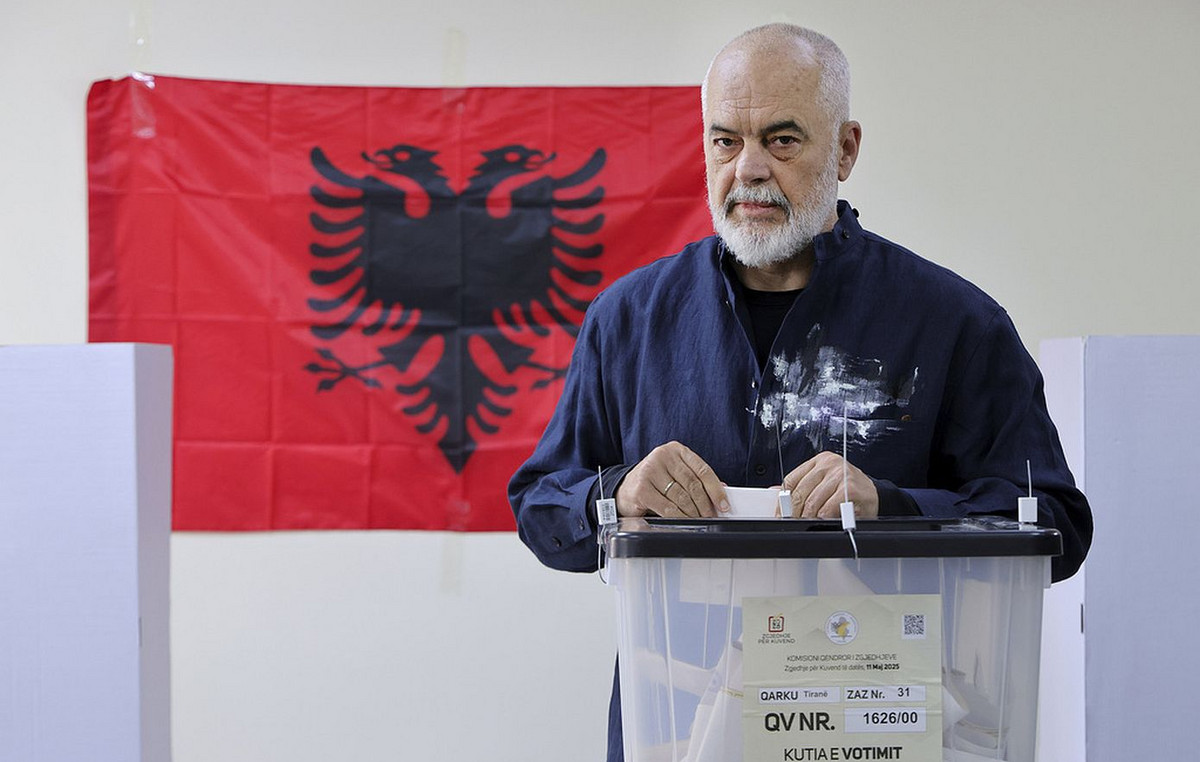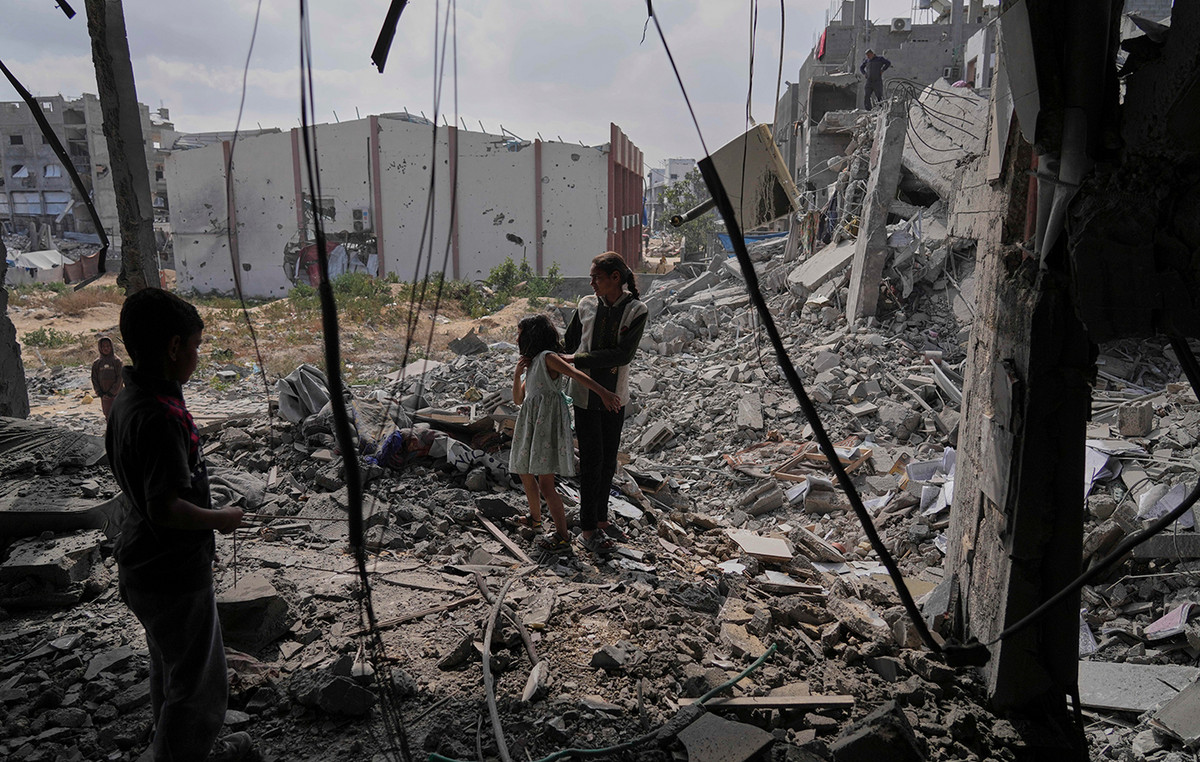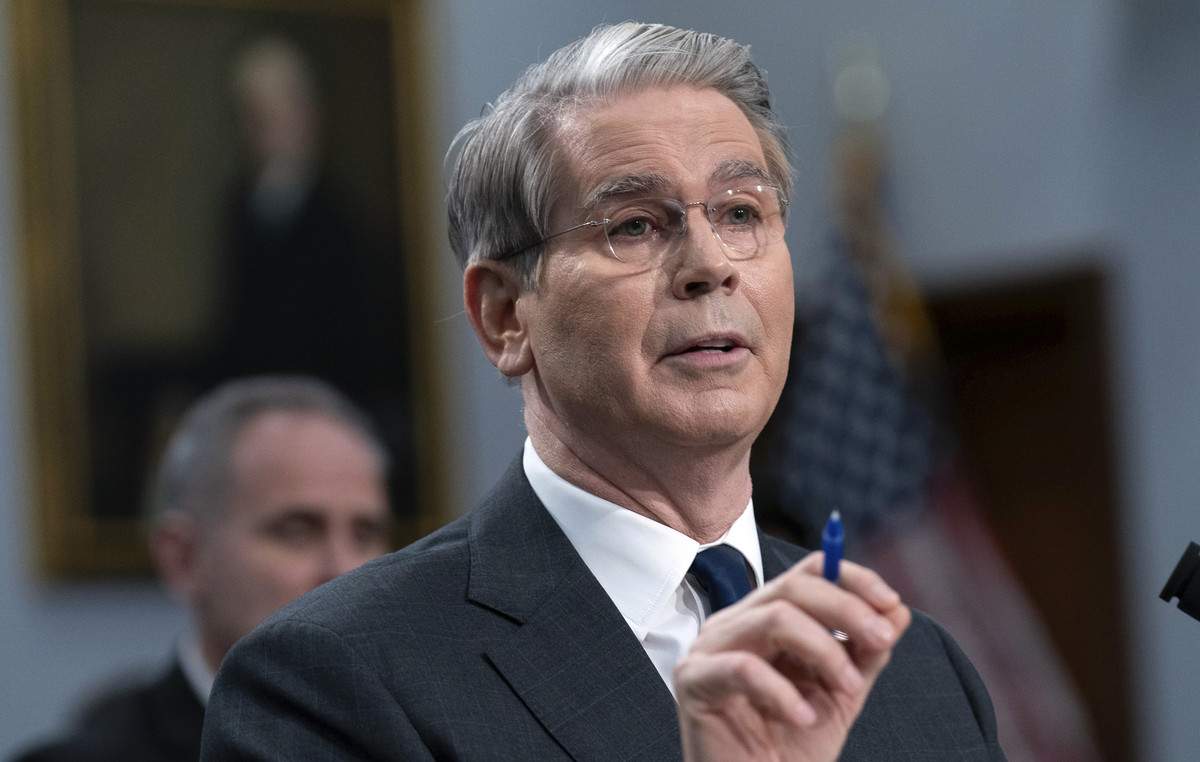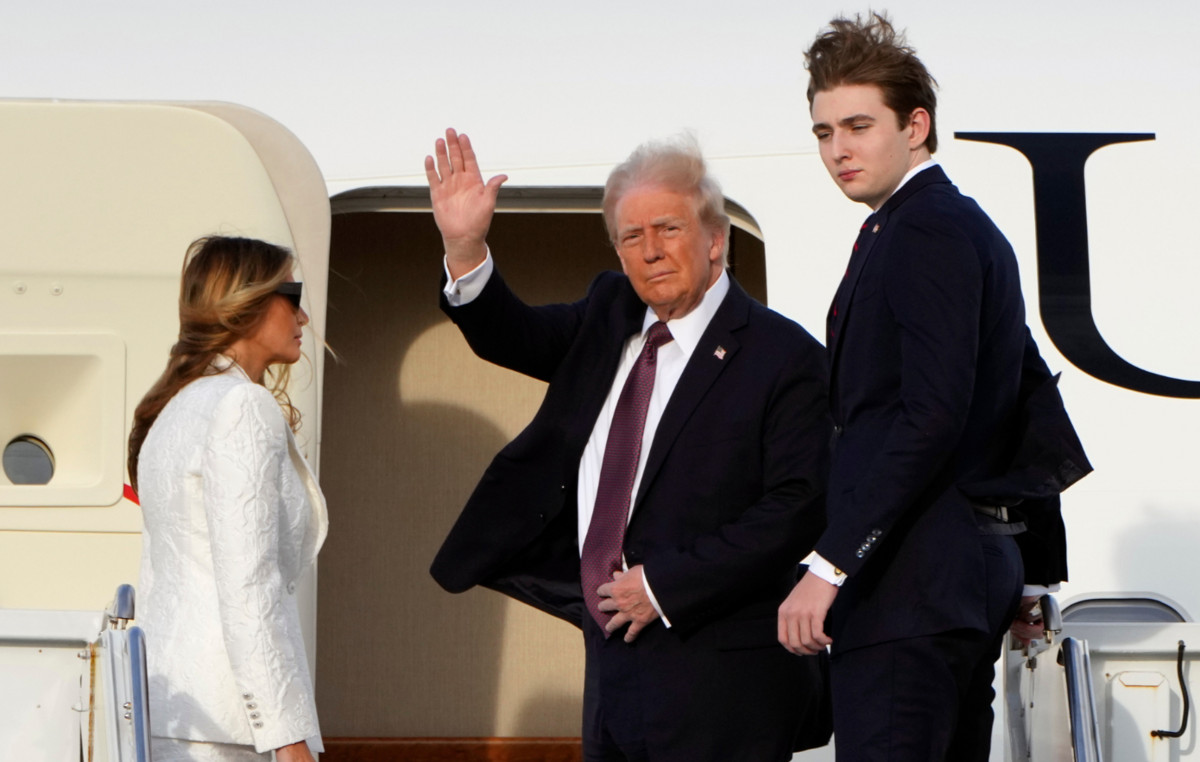With an insistent repetition, not supported by any reflection, we are often led to associate words without dwelling on the authentic meaning determined by their union. A rhetoric made up of obvious, colorless expressions thus risks obscuring profound truths and, above all, does not prompt us to draw adequate consequences from them.
How many times have we heard and repeated the word «beauty» associated with «Italy»?
It is an inseparable hendiadys, certainly, but, although it recalls an evident character, it cannot be exhausted in an invocation. To give depth to this extraordinary combination of words it is necessary to resort to the meaning that our Founding Fathers were able to give to a third word: «culture». It is the value of culture, affirmed by art. 9 of our Constitution, to sculpt, in just two short periods, the centrality that the question assumes in the catalog of fundamental principles that inspire the life of the Republic. Alongside culture there is the value of scientific and technical research, of the landscape, of the historical and artistic heritage of the nation, all assets to be promoted and protected.
A relevance that develops in two other articles of the Constitution, inseparable from article 9:
freedom for art and science and the freedom to teach them (article 33) and the right to knowledge for all (article 34). A pedagogical path that crosses the Constitution, signaled by Constituents such as Concept Marchesi and Aldo Moro: the fundamental Charter not as an inert book but as a vital and fertile document, capable of proposing a public ethic shared by Italians, cultivated over time as a dimension of life civil. The design of the art. 9 of the Constitution is of extraordinary importance, because it not only prescribes a duty for the public authorities, but also spurs every single citizen to take charge of the beauty of our country in an active and not only contemplative way. An even more current commitment, revisited in recent days in the parliamentary debate, with an eye to the transmission of this heritage to future generations.
We are asked a few questions. What does it mean to be Italian? And, closely connected to this question, what cultural mission has Italy carried out, is carrying out, can it carry out, in strengthening the European identity, in the international context? And again: does culture have a role in the country’s recovery? These are questions we should all be answering. It is an appeal, an invitation, addressed above all to young people. To respond to them by raising an awareness that concerns them and their future. There is, first of all, an obligation to know our history, our language, our art, starting with our cities, our villages, our wonderful villages, each of them capable of preserving extraordinary art treasures.
Active citizenship involves an element of dialogue and cooperation with public institutions in the promotion, development and protection of cultural and landscape assets, because it is a dimension of enormous proportions of our life, perhaps the largest concentrated in a single country, and the state budget alone is not enough to deal with it. The numerous worthy initiatives of voluntary associations and non-profit foundations have enriched a panorama that also deserves more widespread attention from the corporate system. It is the entire community that is involved and guarantor of it. Istat certifies the presence in Italy of 4,908 museums, archaeological sites, monuments and natural areas that can be defined as ecomuseums. It is a heritage scattered throughout the national territory, with the presence of a museum structure in at least one third of Italian municipalities. Looking at Italy, it can be said that we can speak not only of cities of art but, truly, of an entire “treasure peninsula”, to recall the title of a forward-looking initiative by the Italian Touring Club. In addition to the museums, there are the precious networks of bookshops, theatres, auditoriums, academies and institutes, cinemas, art galleries, cultural festivals, which make the Italian heritage current and the vivacity of expressions accessible contemporary art. This immense wealth is constitutive of the Italian identity itself, and deserves to be experienced with full awareness of its multiple value: historical, aesthetic, economic.
Let us think of the words of President Ciampi when he observed, in 2003, that «the economy itself must be inspired by culture, as a seal of its Italian character», to conclude that «the promotion of its knowledge, the protection of the artistic heritage are therefore not one activity among others for the Republic, but one of its more proper missions, public and inalienable by constitutional provision and by the will of a millenary identity”. The insults to the landscape and nature, their abandonment, in addition to representing an affront to intelligence, are an attack on our identity, a fundamental element of that European culture to which the Union has referred, starting from the Treaty of Lisbon, since its preamble, citing the «cultural, religious, and humanistic heritages of Europe», and undertaking to supervise «the safeguarding and development of the European cultural heritage» (Article 3 of the TFEU).
It was a man originally from Northern Europe, Frederick II of Swabia, of the Hohenstaufen family, who loved Southern Italy and conceived with modern sensibility a drawing of Europe looking at the “human wonder” of this land of ours. He became aware, with a foresighted spirit, of the role of cultural diversities in the Mediterranean basin, and of the wealth deriving from mixtures, encounters, fusions, peaceful coexistence and from the demolition of walls, sometimes erected with artificial alibis of identity. Culture is, by definition, plural. It is in its articulations, in its inspirations and roots, in its expressions, in its manifestations. It consists of a dialogue that must be perpetually cultivated to re-establish the relationship between the arts and society, institutions, to make use of their contribution. It is valid in this period that sees us busy defeating the pandemic. The Quirinale has the duty – and nourishes the ambition in this area – to be a privileged point of observation, of listening, of stimulus. He tried to bear witness to this, also through the project Contemporary Quirinal.
The creative process in our country has never stopped and it was precisely the years of the Republic that saw the creation of significant works. The history of art will tell us if these human events will find a place in the periodizations of the birth of some artistic school or some literary current. What is certain is that the beauty of Italy never fails to amaze uswhether we look to the past or to the present. Italo Calvino attributes to Marco Polo in his Invisible Cities a thought that has the sound of a poem about the Italian reality: “Arriving at each new city, the traveler finds a past of his that he no longer knew he had”. We must ensure that the same can be said of our future. This is why the restart puts the exaltation of our cultural resources and virtuality in the foreground. This is why the hendiadys “beauty and Italy” goes far beyond the appeal of a successful emblem, and extends to a broad vision, to constitute propulsion for the future of the younger generations.
Source: Vanity Fair
I’m Susan Karen, a professional writer and editor at World Stock Market. I specialize in Entertainment news, writing stories that keep readers informed on all the latest developments in the industry. With over five years of experience in creating engaging content and copywriting for various media outlets, I have grown to become an invaluable asset to any team.







